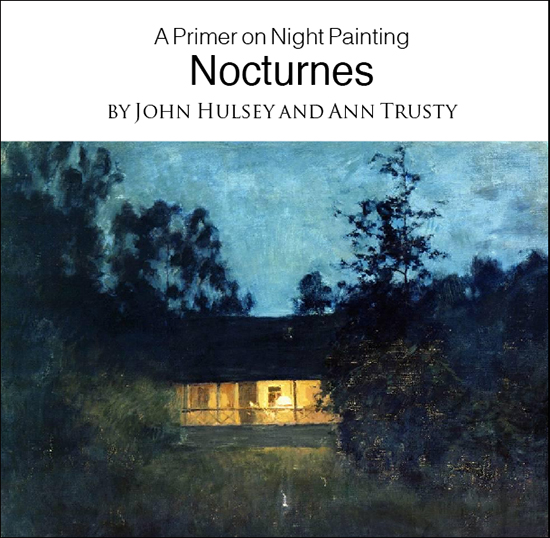Featured Book:
The Painted Girls
by Cathy Marie Buchanan


 The Painted Girls: A Novel
The Painted Girls: A Novel by Cathy Marie Buchanan is a fictional study of the underbelly of Parisian society in the early 1880’s. Drawing inspiration from Edgar Degas’ famous statue, Little Dancer of Fourteen Years (1881), the author creates an intimate portrait of three lower-class sisters seeking salvation from a life as laundresses by attempting to work their way through the hierarchy of the Paris Opera's newly famous ballet school.
by Cathy Marie Buchanan is a fictional study of the underbelly of Parisian society in the early 1880’s. Drawing inspiration from Edgar Degas’ famous statue, Little Dancer of Fourteen Years (1881), the author creates an intimate portrait of three lower-class sisters seeking salvation from a life as laundresses by attempting to work their way through the hierarchy of the Paris Opera's newly famous ballet school.
All knobbly knees and jutted out chin, the real life Degas statuette’s depiction of a young ballerina is given a tender background in this novel. Growing up at a time when even the very shape of your skull could send you to prison for showing aspects of criminal physiognomy, fictional heroine Marie van Goethem is given more chances than most to rise out of destitution. As “petits rats" (literally, little rats, describing the lowest level of young dancers who flock to the Opera to try their chances at fame and fortune), Marie and her sisters, Antoinette and Charlotte, are afforded the opportunity (to varying degrees of success) not only to try to make a living by dancing, but also to try to fill their pockets with gifts and gain the affections of the venue's wealthy and frequently lecherous male patrons. Hand-picked by Edgar Degas to become his model and muse, Marie comes to understand too late that she is chosen not for her beauty and grace but for her poverty-stricken awkwardness.
This novel incorporates important and historically accurate themes from 1880's Paris society, including an intriguing murder mystery and references to the incendiary book turned play, L'Assommoir , by Emile Zola, and its message of social immobility. Set in a time period when Baron Haussmann's beautiful wide boulevards were just completed, razing through the old streets of Paris, the opulence and luxury of the new city and its new Opera is in stark contrast to the every day lives of struggling Parisians like the van Goethem family. Appearances by the famous art dealer Paul Durand-Ruel, Zola and Degas, mixed with actual newspaper clippings from Le Figaro during this period, lend credence to the book's historically-based plot while still providing an entertaining fictional story that keeps the reader turning pages.
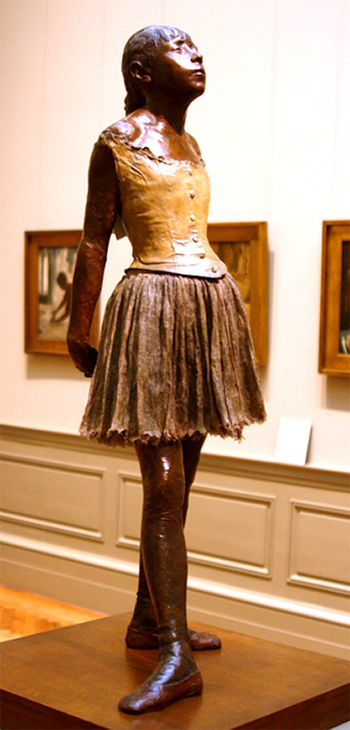
La Petite Danseuse de Quatorze Ans Edgar Degas

Sara Trucksess is former curatorial and registration assistant employed over the years by The Corcoran Museum of Art, The National Gallery of Art and The Nelson-Atkins Museum of Art. With a degree in Art History and French from Harvard University, she now calls Kansas City home with her husband and 4 young sons.




 Voices of Experience:Richard K. Blades
Voices of Experience:Richard K. Blades
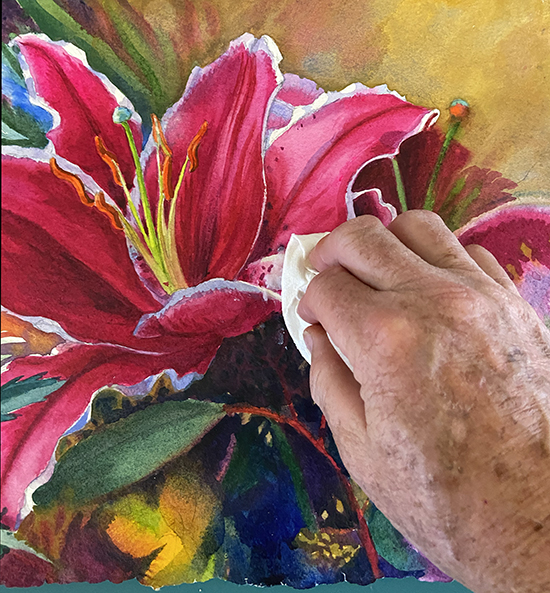 ing Watercolors
ing Watercolors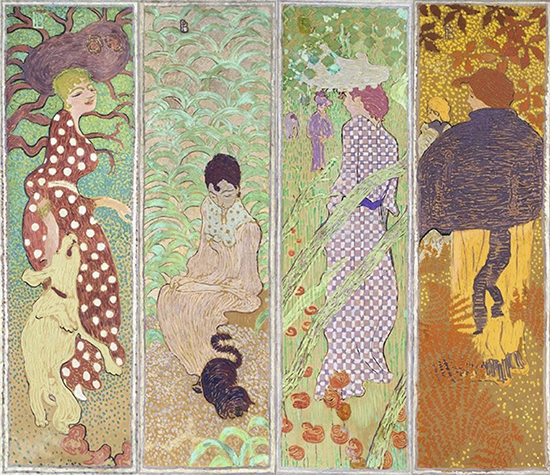
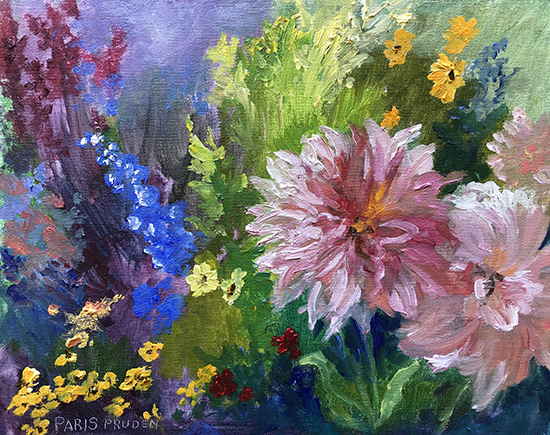
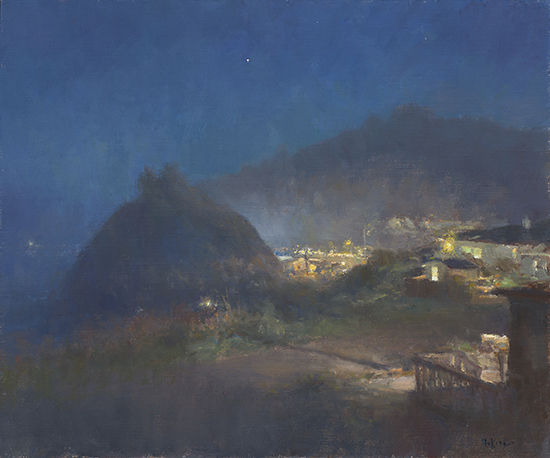 Nocturne Notes
Nocturne Notes Inspiration in Monet's Gardens
Inspiration in Monet's Gardens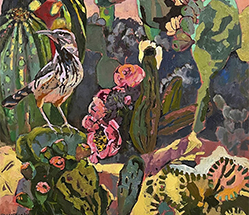
 The Watercolor Medium
The Watercolor Medium
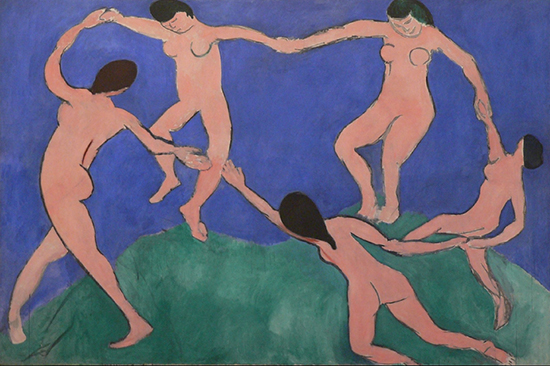 The Perspectives Archive
The Perspectives Archive

